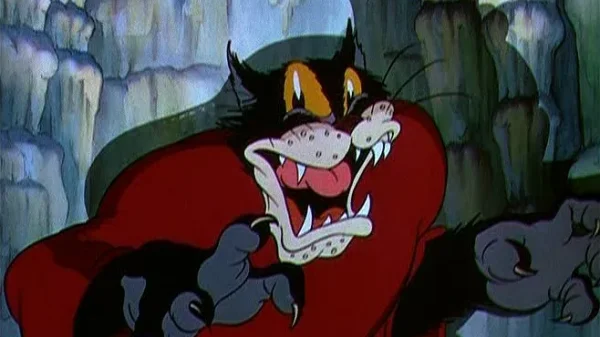Alfred Hitchcock is renowned for crafting iconic and complex villains in his films, from the sinister Mrs. Danvers to the cunning Phillip Vandamm. However, not every baddie in his filmography lives up to his masterful standards. This article revisits the ten most underwhelming villains in Hitchcock’s filmography, exploring what went wrong and how they fail to leave a lasting impression.
In “Foreign Correspondent” (1940), Mr. Krug, played by Eduardo Ciannelli, is a poorly written and one-dimensional spy villain who exists solely to provide obstacles for the protagonists. His character lacks depth and nuance, making him a forgettable and unremarkable opponent. Similarly, Hermann Gromek, portrayed by Wolfgang Kieling in “Torn Curtain” (1966), is a predictable and unscary spy villain with limited screen time. His character lacks development, and his motivations are unclear, making him an unimpressive adversary.
“Jamaica Inn” (1939) features Sir Humphrey Pengallan, played by Charles Laughton, as a ridiculous and poorly written villain who is supposed to be the mastermind behind a criminal operation. However, his character is absurd and lacks any real menace, making him a disappointing and forgettable foe. In “Topaz” (1969), Michel Piccoli’s Granville is a traitor and an unassuming villain whose character lacks depth and nuance. When his secret is exposed, he commits suicide without putting up a fight, making him an unremarkable and unscary opponent.
In “Downhill” (1927), Mabel, played by Annette Benson, is a cardboard cutout character who serves only as a catalyst for the plot. Her character is flat and lacks any real development, making her an unimpressive and forgettable villain. Similarly, in “East of Shanghai” (1931), Betty Amann’s Princess is a con artist who is key to the plot but lacks any real depth or nuance. Her character is a plot device rather than a real person, making her an unremarkable and unimpressive villain.

Hitchcock (Photo: IMDB)
“The Paradine Case” (1947) features Keane (Gregory Peck) and Mrs. Paradine (Alida Valli) as selfish and vile characters who bring out the worst in each other. However, their performances are not great, and their characters lack any real menace or suspense. In “Number Seventeen” (1932), Doyle, played by Barry Jones, is a slippery and unreliable character who tries to impersonate a detective. However, he lacks the brains to pull off such an elaborate con, making him a comedic failure.
Levet, portrayed by Miles Mander in “The Pleasure Garden” (1925), is a villain driven mad by guilt, but his character is poorly developed and his motivations unclear. His visions and motivations make him seem silly rather than original, making him an unimpressive and forgettable foe. Finally, in “Murder!” (1930), Handel Fane, played by Esme Percy, is a milquetoast villain who is easily disposed of at the end of the film. His character lacks any real depth or menace, making him a forgettable and unremarkable opponent.
These ten villains fail to meet Hitchcock’s usual standards of complexity and menace, leaving viewers underwhelmed and unimpressed. Despite their flaws, however, they remain an interesting footnote in Hitchcock’s filmography, highlighting areas where he fell short of his usual excellence.
























